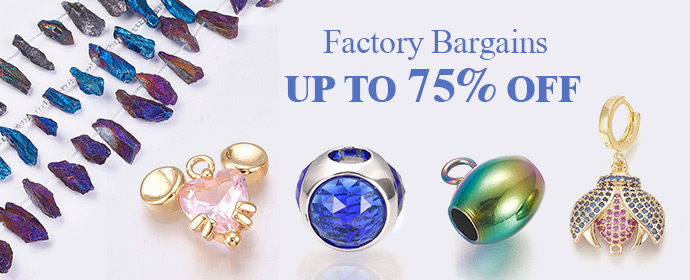The Middle East, traditionally celebrated for its rich culture and distinctive style, is currently experiencing a fashion revolution. In 2025, Middle Eastern fashion is a beautiful mix of honoring its roots and keeping up with modern trends and global influences. Designers, trendsetters, and fashion enthusiasts are giving classic outfits a fresh, contemporary twist. This amazing fusion of old and new is shaking up the fashion world globally. This piece of writing explores how the Middle Eastern fashion scene is skillfully merging tradition with innovation in 2025. Let’s now have a broader view that how “Glamour in the Desert” is taking place.

Photo Credit: Images RetailMe
A Rich Tapestry of Tradition
The fashion history of the Middle East dates back centuries and has strong roots in the cultural and religious traditions of its multi-cultural nations. Classical clothing such as the abaya, kaftan, dishdasha, and keffiyeh has a rich store of symbolism and meaning. Such attire was most commonly worn out of necessity to protect against desert heat, to be modest, or to be in accordance with religious tradition. For instance, the abaya, a long, flowing black robe for women, has been a tradition for generations in many Gulf nations. Likewise, the dishdasha (or thobe) that men wear is a reflection of simplicity and elegance. These dresses not only are comfortable in the harsh desert climate but also project a sense of respect for tradition and culture. But whereas these dresses are highly traditional, the way they are styled and worn are changing very fast due to influences from contemporary society.
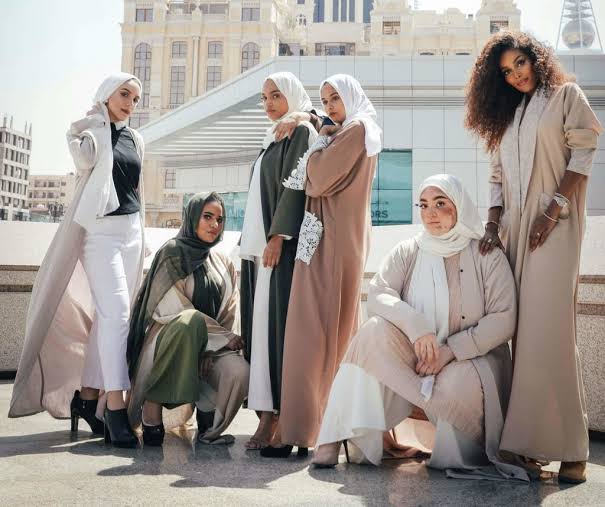
Photo credit: gemstone-av.com
The Intersection of Modernity and Tradition
Middle Eastern fashion in 2025 will be a rich combination of old and new. Middle Eastern fashion designers are mixing and matching the classic silhouettes with new-age fabrics, patterns, and cuts. These fresh designs are the perfect combination of the past and the present and are pieces that are timeless as well as contemporary.
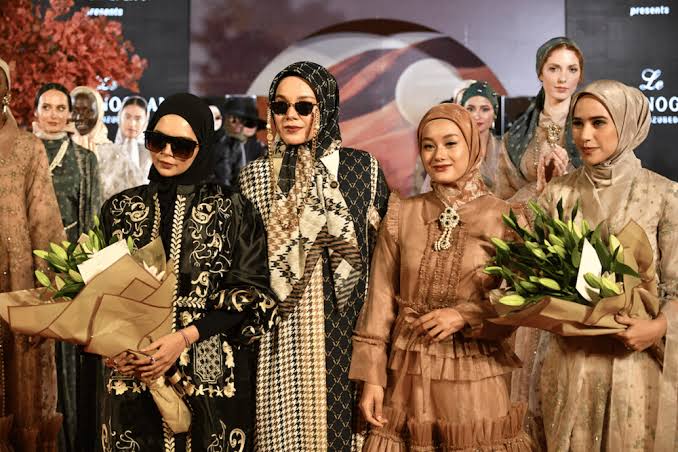
Photo credit: kodd magazine
Reimagining the Abaya: Though the abaya is still an emblem of modesty in the Middle East, it has been modernized by designers. The abaya is not just a basic black outfit anymore in 2025. Fashion designers now play with opulent materials like silk, velvet, and chiffon, adding delicate embroidery, beading, and even Swarovski crystals to give the traditional design a luxury touch. Bold colors, from deep jewel tones to pale pastels, are migrating to collections, making the abaya more dynamic and modern in its appearance. One of the most significant changes in the abaya fashion trend is the emergence of more fitted and cut abayas, contrary to loose and flowing ones of earlier eras. This trend not only indicates contemporary fashion values but also enables women to indulge in comfort and uniqueness while preserving their cultural identity.

Photo credit: Fashinza
Streetwear Meets Tradition: In Middle Eastern fashion capitals such as Dubai and Beirut, a new hybrid fashion style is on the rise that combines streetwear with traditional clothing. Influencers and fashion followers are combining classic items such as the keffiyeh and dishdasha with contemporary streetwear staples like sneakers, hoodies, and baseball caps. The trend is a way of expression of the youth to stay rooted to their cultural heritage while at the same time following international fashion trends. Designers, too, are embracing this mixed look. The street fashion trend has also brought about the emergence of trendy kaftans shorter, more relaxed versions of the flowing, long robe complemented with current accessories such as crossbody bags, thick footwear, and large sunglasses. Such street-based designs provide an effortless means to project one’s fashion sense without forsaking the value of modesty and tradition.

Photo credit: Tropicasem
Luxury and Haute Couture in the Desert
The Middle East has never lacked luxury and riches, and in 2025 continues to be the leader of haute couture. The Middle Eastern great fashion designers, such as Elie Saab, Zuhair Murad, and Reem Acra, are pushing boundaries in high fashion by incorporating traditional Middle Eastern influences into their fashions. Haute couture in the Middle East is distinguished by its opulence, artistry, and attention to detail. The designers are creating tailored clothing that finds inspiration in the rich cultural heritage of the area but with a modern twist. For instance, intricate moucharabieh latticework designs linked to Islamic architecture in the past are re-emerging on haute couture gowns, giving the clothing a clear cultural touch. Moreover, Middle Eastern women are embracing the idea of “Modest Fashion” in the high-end market. Whereas previously haute couture was about revealing silhouettes, current fashion now comprises longer lengths, higher necklines, and increased coverage without a sacrifice in glamour. This innovation allows women to wear luxurious, couture fashion that is congruent with their modest values.
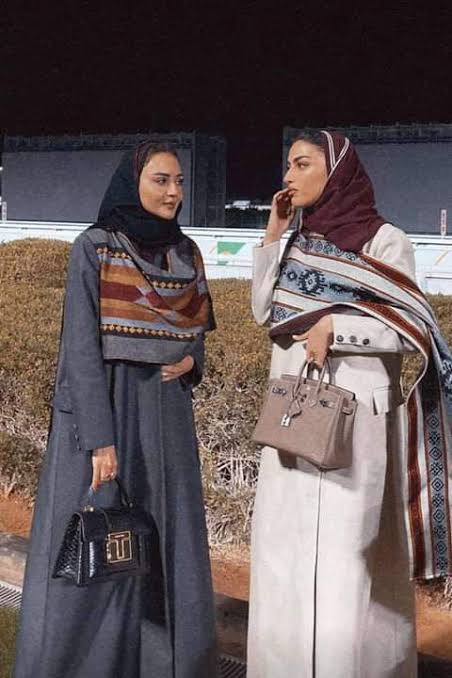
Photo credit: Comuna Salistea
Fashion as a Statement of Identity
Middle Eastern style has also emerged as an ever more powerful force of self-expression. Teens are using fashion as a platform for expressing their identity, fusing traditional garb with contemporary flair to reveal themselves. Social media platforms like Instagram and TikTok have been instrumental in the trend, with fashion influencers sharing their own spin on Middle Eastern style. The global endorsement of Middle East fashion designers and trendsetters has put the region on the world stage to showcase its strong and diverse culture to the globe. As such, there has been a rising sense of pride in culture with more young people wearing traditional clothes with a touch of modernity.
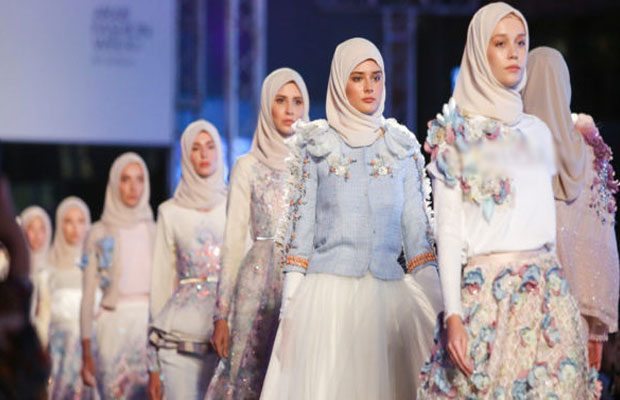
Photo credit: Fashion Network
Sustainability in Middle Eastern Fashion
As the planet becomes greener, sustainability is now a highly discussed subject within the fashion business globally. Within the Middle East, where fashion is as much an art as it is an industry, a number of designers are looking toward sustainable measures. These involve implementing the Eco-Friendly Fabrics, practicing slow fashion, and engaging in practices that encourage supporting local craftsmen who deal with traditional forms of work such as embroidery and weaving. The application of sustainable materials is especially significant in a country where water conservation and environmental protection are essential because of the desert climate. By blending traditional craftsmanship with contemporary eco-friendly methods, Middle Eastern fashion is making a niche for itself within the international sustainable fashion movement.

Photo credit: Emirates Woman
The Future of Middle Eastern Fashion
The future of Middle Eastern fashion is incredibly bright. More and more young entrepreneurs and designers are emerging out of the region, and the potential for innovation and international influence is endless. The seamless blending of tradition and modernity ensures that Middle Eastern fashion will continue to evolve and inspire, charming fashion lovers all around the world.
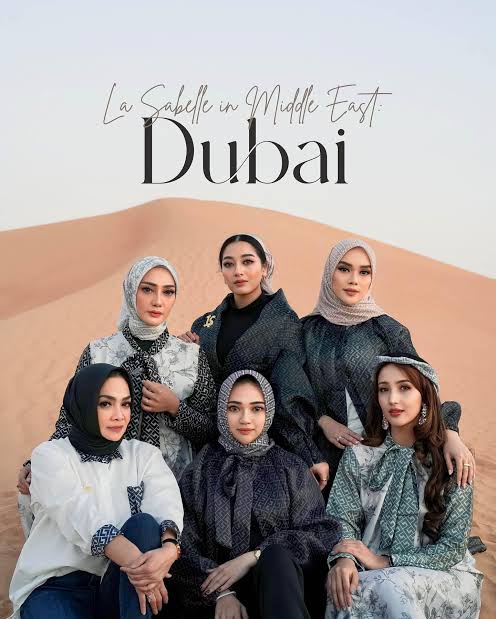
Photo credit: Instagram
Frequently Asked Questions (FAQs)
1. How is Middle Eastern fashion distinct from other types of global fashion?
Middle Eastern fashion combines modesty, tradition, and cultural symbolism with modern styles, making it unique. While Western fashion would focus on boldness and original style, Middle Eastern fashion focuses on elegance, refinement, and respect for tradition, yet with modern-day inspirations.
2. Are the traditional pieces like the abaya and dishdasha still in fashion today?
Yes, abaya and dishdasha, the classic attire, are still trendy, but they are evolving at a fast pace. A contemporary twist is being added with complex designs, luxurious fabrics, and new-generation cuts while maintaining the essence of the culture.
3. What is the role of social media in Middle Eastern fashion?
Social media plays a key role in Middle Eastern fashion trends. It provides a platform for influencers to showcase their fashion by merging traditional with modern, making something unique. This has a tendency to bridge the gap between the fashion in the region and audiences across the globe.
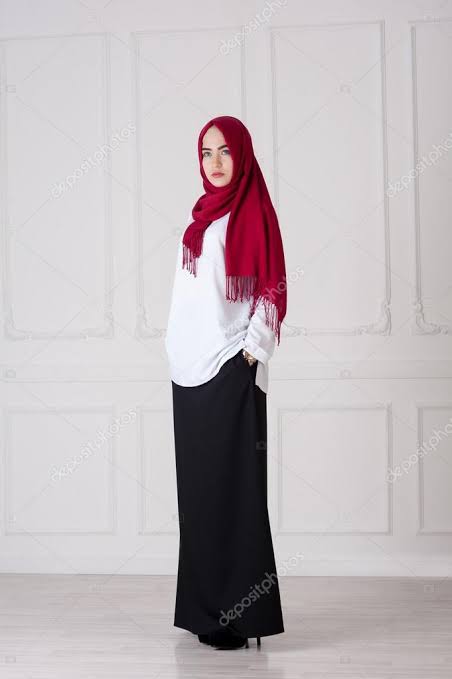
Photo credit: Depositphotos
4. Is sustainability important in Middle Eastern fashion?
Yes, sustainability is taking centre stage as a concern in the region. Slow fashion, eco-friendly materials, and the preservation of traditional crafts are all being adopted by many Middle Eastern designers, creating an emerging movement of sustainable fashion in the region.
5. In what ways is luxury fashion evolving in the Middle East?
Middle Eastern high-end fashion is evolving by integrating classical elements like embroidery, geometric patterns, and conservative silhouettes with haute couture. This creates a lavish and elegant aesthetic that is uniquely Middle Eastern but universally transferrable.

Photo Credit: The Zenith Magazine
In 2025, fashion in the Middle East is no longer just tradition or modernity; it’s all about attaining the ultimate equilibrium. With the world more interconnected than ever before, desert fashion is increasingly being celebrated all over the world as a mark of cultural heritage, innovation, and beauty. In high-end fashion or streetwear, fashion in the region is a definitive declaration of identity, unity, and resilience.
Author: Raja Bahar Khan Soomro
You can also read the following suggested blog articles just by clicking over them
1. Does Luxury Really Meet Sustainability? How European Fashion Designers Are Rethinking Fashion
2. Fast Fashion Versus Slow Fashion: Understanding the Impact and Global Consumer Shifts
4. Leading Global Fashion Shows: Top 10 Fashion Week that Dominates the International Stage
Recommend0 recommendationsPublished in apparel, Bathing Suits, Bridal, celebrity fashion, Jewelry, Makeup, Our Fashion Passion, Petite, Plus Size, Pop Fashion, Shoes, street style, Uncategorized


